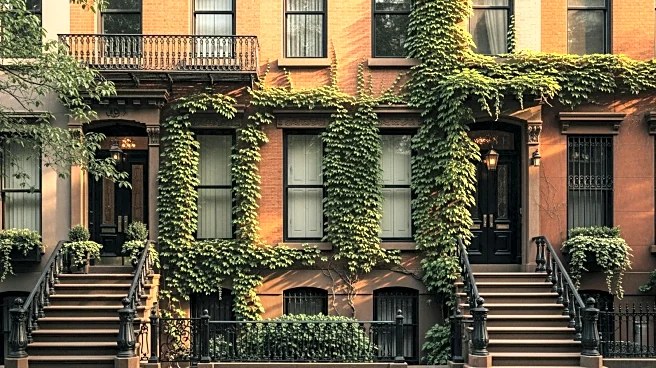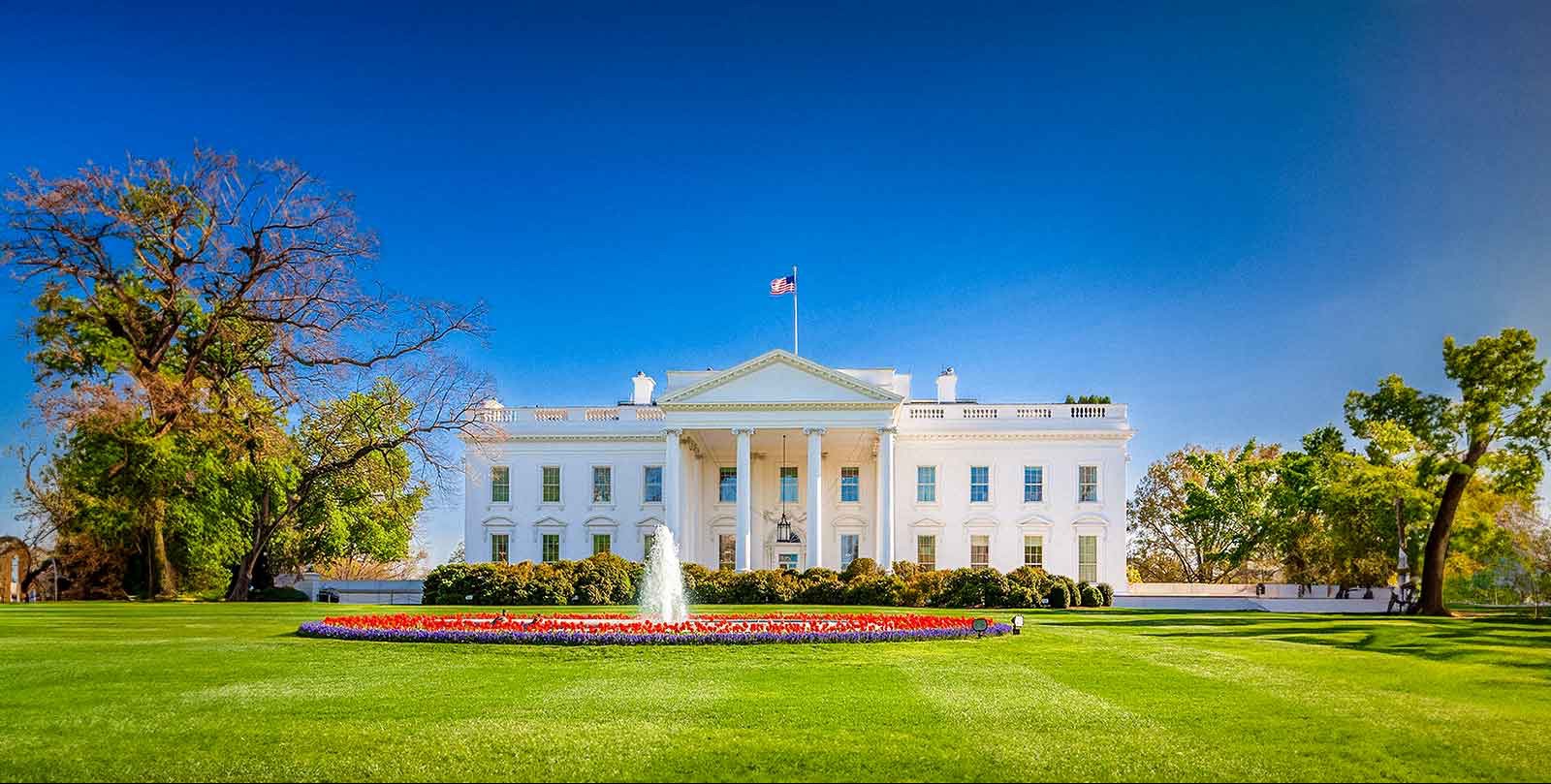What's Happening?
The iconic Flatiron Building in New York City, originally constructed in 1902, is undergoing a significant transformation. The Brodsky Organization, in collaboration with The Sorgente Group, is converting
the 24-story skyscraper into private residences. This project is described as a 'transformation of historic proportions,' with sales for the building's 38 homes set to launch later this year. The residences will feature unique layouts, offering views across the New York City skyline, with prices starting at $11 million for three-bedroom units. The restoration includes a comprehensive survey and replacement of the building's limestone, brick, and terra-cotta façade, as well as the restoration of its six-foot-tall cornice. The interior design, led by Studio Sofield, aims to blend the building's original architectural elements with contemporary materials, honoring its historical significance while adapting it for modern living.
Why It's Important?
This transformation of the Flatiron Building represents a significant shift in the use of historic landmarks in urban environments. By converting the building into luxury residences, developers are preserving its architectural heritage while adapting it to meet contemporary housing demands. This project highlights the growing trend of repurposing historic structures to address urban housing needs, offering a unique living experience that combines historical significance with modern amenities. The development also reflects broader economic trends in real estate, where high-value properties are increasingly sought after in major cities like New York. The preservation efforts ensure that the building's historical and architectural integrity is maintained, contributing to the cultural and historical landscape of the city.
What's Next?
As the sales for the residences begin, the project is expected to attract interest from affluent buyers seeking unique living spaces in New York City. The restoration and conversion process will continue to be closely monitored by preservationists and city officials to ensure compliance with historical preservation standards. The success of this project could inspire similar initiatives for other historic buildings, potentially influencing urban development strategies and preservation policies. Additionally, the integration of luxury living within a historic landmark may set a precedent for future real estate developments, balancing the need for modern housing with the preservation of cultural heritage.













